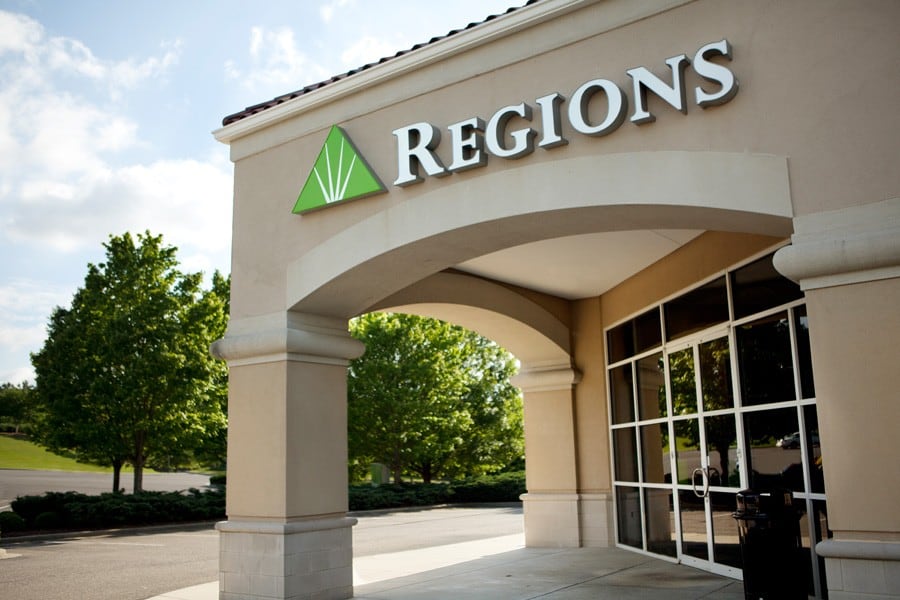
Overdraft Protection Violations
After a series of missteps by Regions the CFPB determined the bank had committed the following violations:
- The Bank “failed to obtain an affirmative opt-in from certain customers prior to charging them overdraft fees.”
- The Bank “deceptively represented in advertisements and in information provided to customers the it would not charge overdraft fees in connection with ATM and one-time debit card transactions” without an opt-in agreement.
- The Bank “deceptively represented in information provided to customers that it would not charge overdraft fees in connection with loan repayments” in connection with Region’s RRA (Regions Ready Advance) account.
It is noteworthy that when Regions finally did determine that it was in violation of the Overdraft Protection rules, it informed the CFPB. Furthermore, the Bank voluntarily reimbursed the customers that had been harmed by its mistakes.
Putting Overdraft Protection Programs into Perspective
In addition to the consent order, the CFPB provided another document, “Data Point: Checking Account Overdraft,” regarding overdraft fees. While this document was published by the CFPB in July 2014, its results may bear reminding. It may be useful in that there are a few data points that Compliance Officers could use to put their Overdraft Protection Programs into perspective.
- Overdraft fees dominate checking account fees. For opt-in customers, overdraft and NSF fees account for about 75% of checking account fees and average more than $250 per year.
- Overdrafts are concentrated in a few of the bank’s customers. Eight percent of customers account for nearly 75% of overdraft fees.
- Older customers are less likely to have overdrafts than younger ones. Almost 11% of 18-25 year olds have more than 10 overdrafts per year but less than 3% of 62+ customers have more than 10 overdrafts in a year.
- People that have opt-in privileges tend to use them. Opt-in accounts are three times more likely to have 10 overdrafts per year than opt-out accounts.
- Overdraft amounts are generally small – the median overdraft is $24.
- Most overdrafts are cured quickly. More than half of the overdrafts are remedied with three days and 76% are fixed within a week.
Hopefully these few statistics are useful in putting your overdraft programs into perspective and thereby keep them on the back burner. If you find that your overdraft protection programs fall outside these parameters, you may want to spend some time reviewing them.
